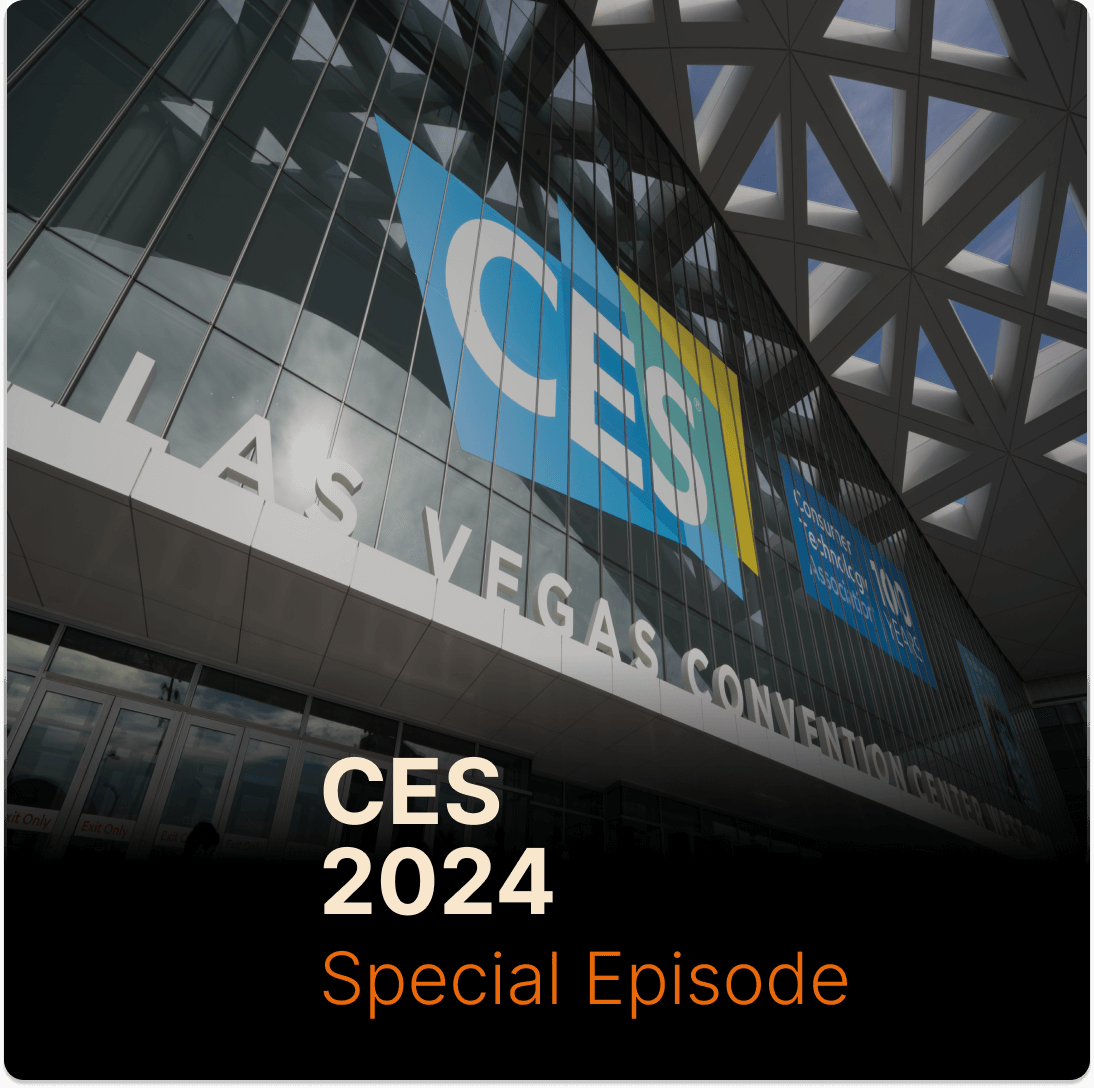We started the year at CES 2024 and got to talk to experts from various industries. They all agreed that the NOW generation of consumers is looking for speed. Listen to what they had to say about their experiences and the current technological advancements presented at CES 2024.

KEY POINTS:
- Diversity & Inclusion
- AI in Action
- Brand culture and DEI
- Sector Trend
- Home & Beauty
- CPG Innovation
- Health Technology

